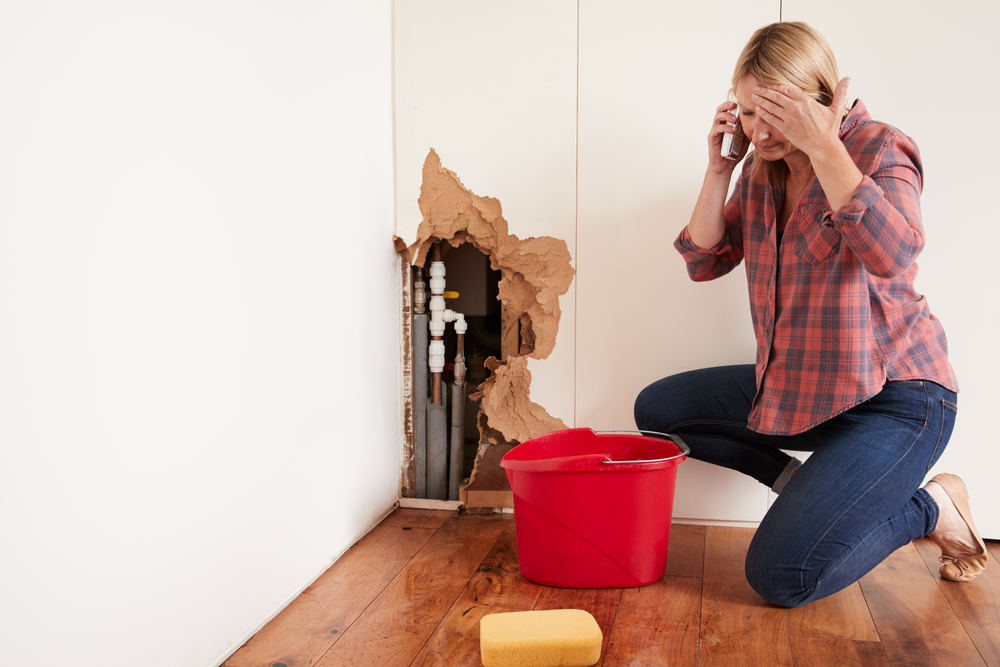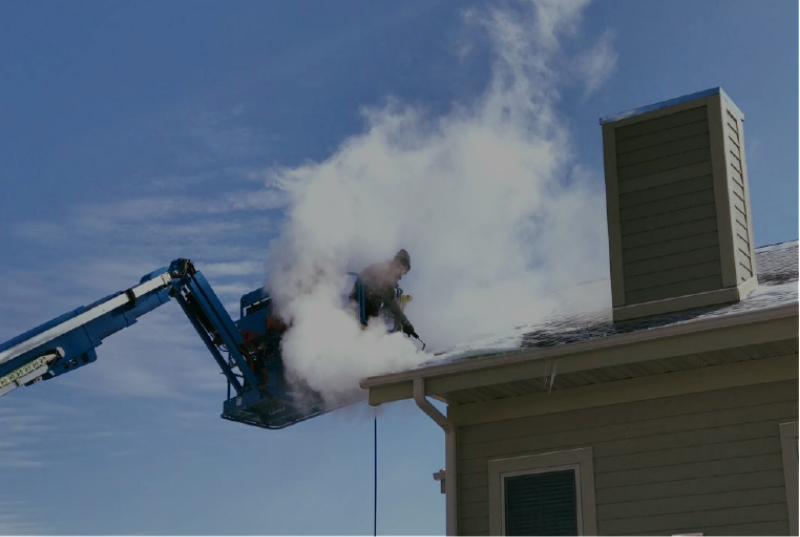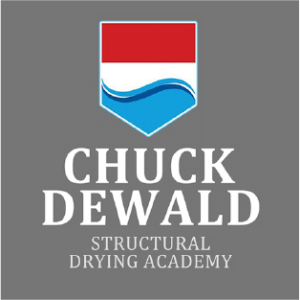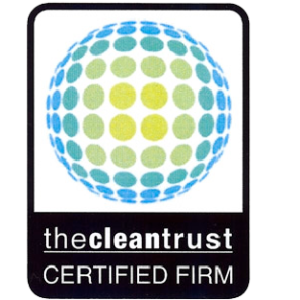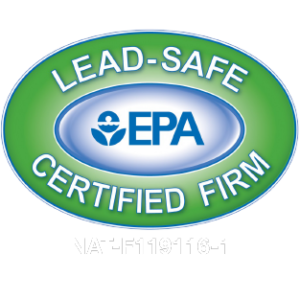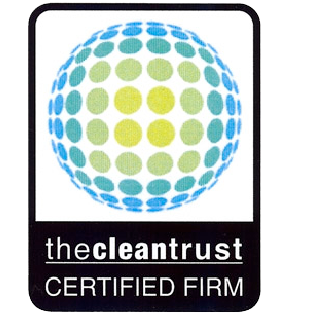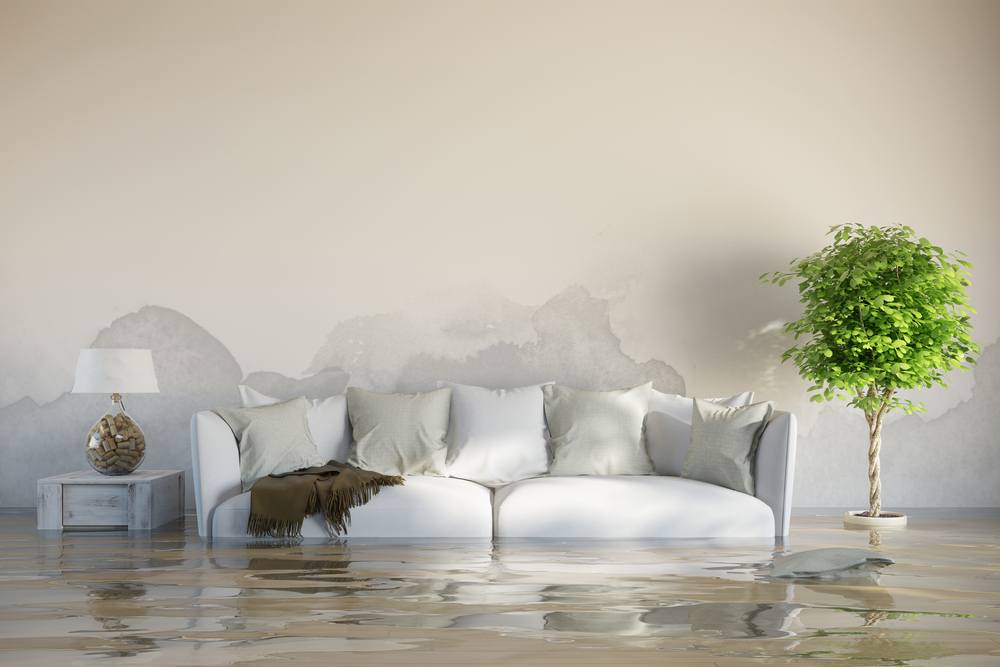
Can Your Belongings Be Saved After Damage From a Fire or Flood?
When a fire or flood sweeps through your space, one of the first questions you ask is what will happen to your belongings. Is your furniture damaged beyond repair? Can anyone save your old photographs? Will you need to replace your carpet?
The contents restoration process is complicated — but thanks to continuing advances in technology, it is easier than ever to restore damaged items.
Here’s a quick rundown of what you can expect.
Whether or not items can be restored depends on the type and severity of the damage.
- Clean Water Damage
Clean water damage comes from flooding that doesn’t involve sewage. The most common examples are rainwater in the summer and pipe bursts in the winter.Clean water doesn’t pose a direct risk to your health, so the biggest consideration becomes whether or not restoration is more cost-effective than replacement.Once water has fully permeated porous materials, the restoration process becomes more difficult and expensive, so the sooner you notice and treat water damage in your home or business, the greater the chances of restoring your belongings. - Sewer Water Damage
Porous materials that have been damaged by sewer water are almost never able to be saved. This is because the toxins and bacteria found in sewage are so difficult to clean completely — and so harmful to human health — that it’s often not safe or cost-effective to even try. The most common items affected are carpet, fabric furniture, clothing, wood floors, and paper products.On the other hand, nonporous materials like concrete, tile, and vinyl can usually be salvaged because their hard surfaces don’t allow sewage bacteria to seep inside. - Fire and Smoke Damage
If materials have been directly burned, they will almost always need to be completely replaced. If they don’t have obvious signs of damage, things get a little more complicated: depending on the type of underlying smoke residue, your belongings might be able to simply be cleaned or resurfaced.A fire’s fuel determines the type and severity of smoke damage. Wood and paper produce dry smoke, which is the easiest of all smoke damage types to clean, while plastic and rubber produce wet smoke, which is one of the toughest. In general, the smaller and drier the blaze, the greater the likelihood your items can be restored.
Some objects might be salvageable but cheaper to just replace.
Many semi-porous materials can be saved, but it often costs more to take them through the restoration process than it would to just replace them up-front. This is typically the case with wood furniture like dressers and desks.
Other meaningful belongings might be worth the extra hassle to save.
In extreme cases, owners might find it worthwhile to restore porous materials, like scrapbooks, antiques, or old letters, because they carry so much personal value.
If the damage is treated immediately, there is a chance that these fragile items can be saved. The longer the material is exposed to water or smoke, the less likely successful restoration becomes, so it’s important to contact a professional right away.
On the other hand, even if older items like antiques receive damage from natural aging and wear and tear, we can help restore and bring them back to life!
If you have any questions about the contents restoration process, don’t hesitate to reach out to us.
Sources:
Restoration Eze
Chronicle
Consumer Reports

Join our Newsletter
Receive regular updates on tips and tricks to keep your house or office building in tip-top shape.




